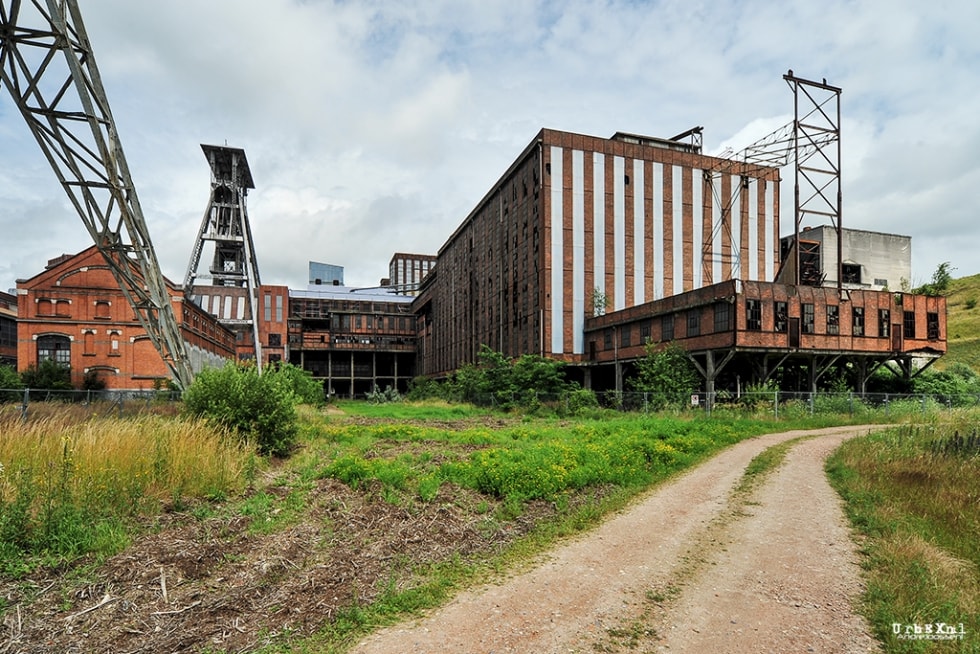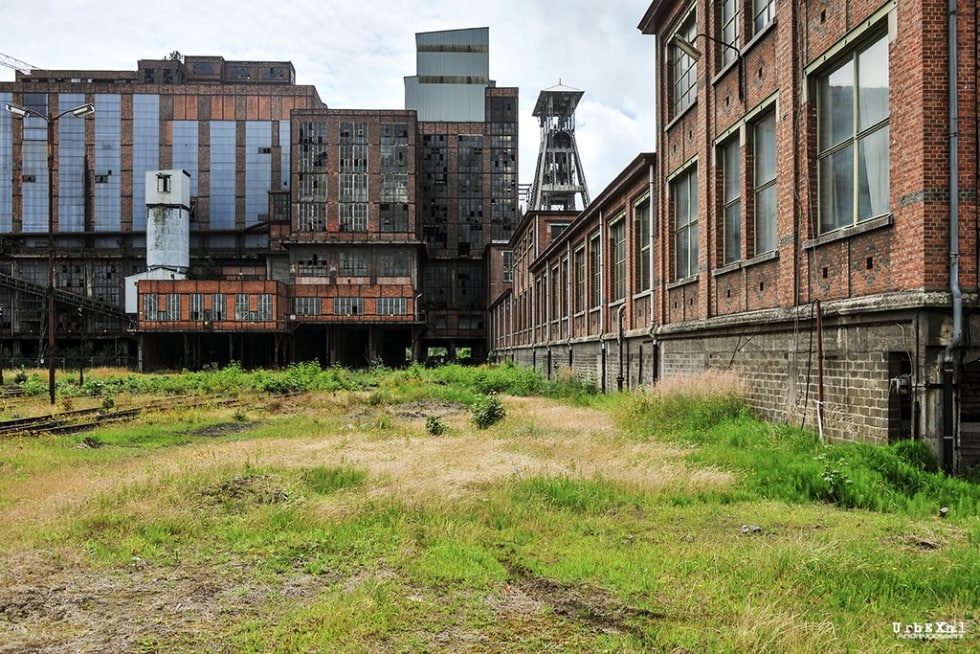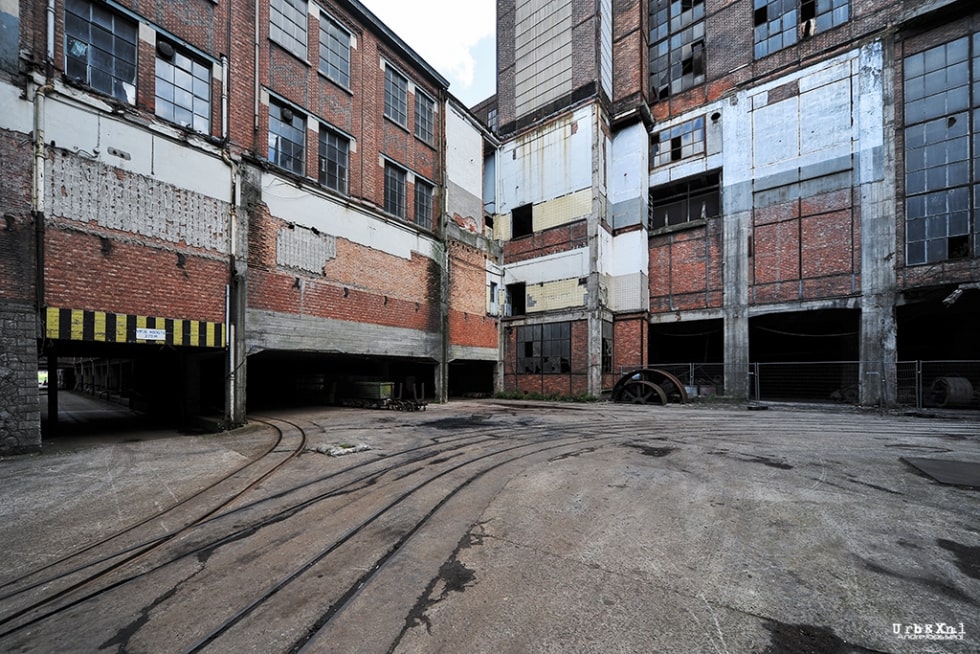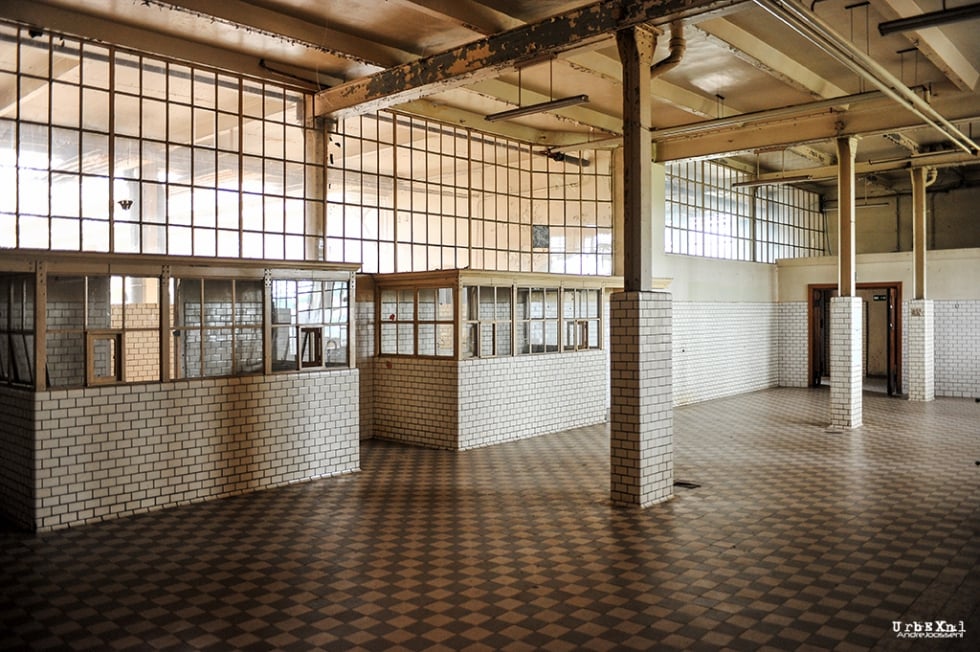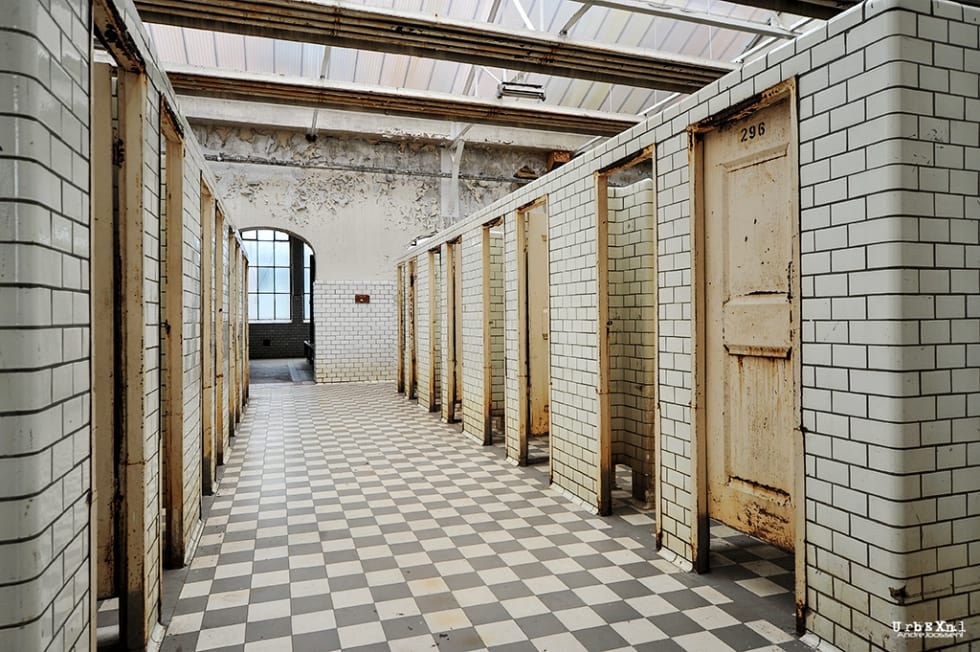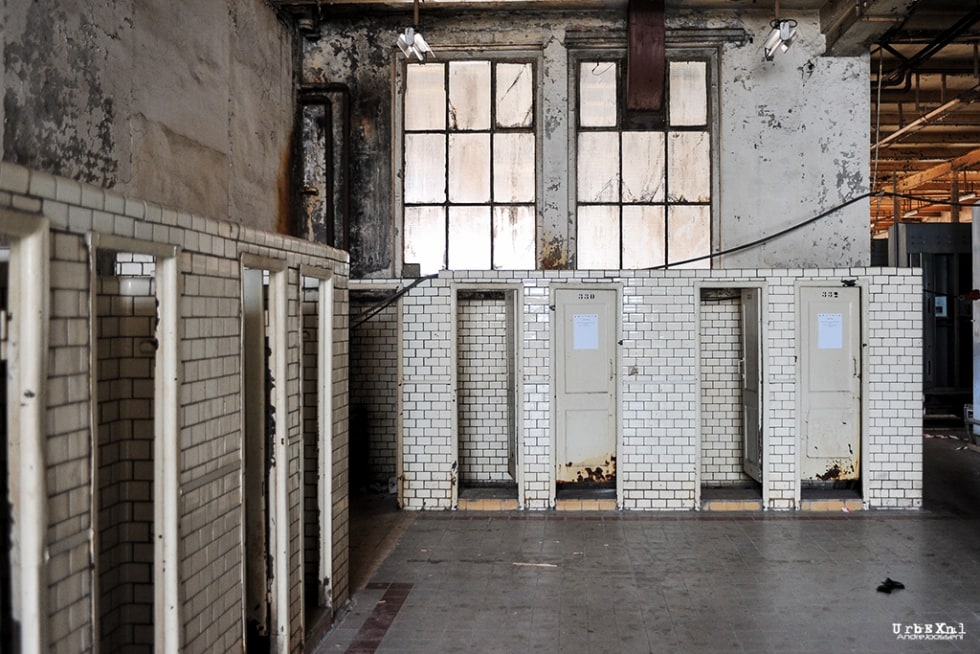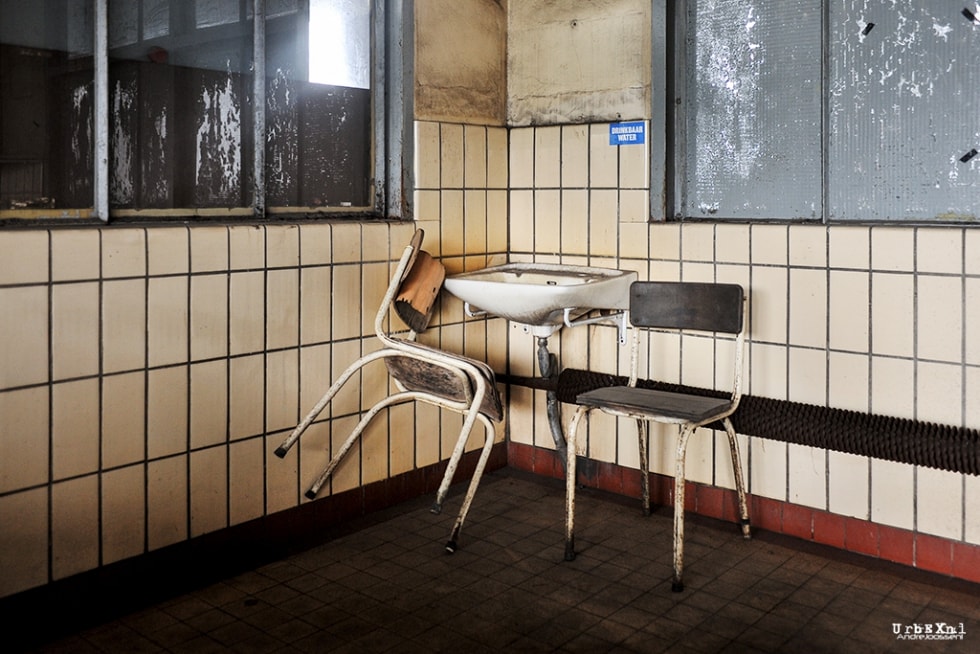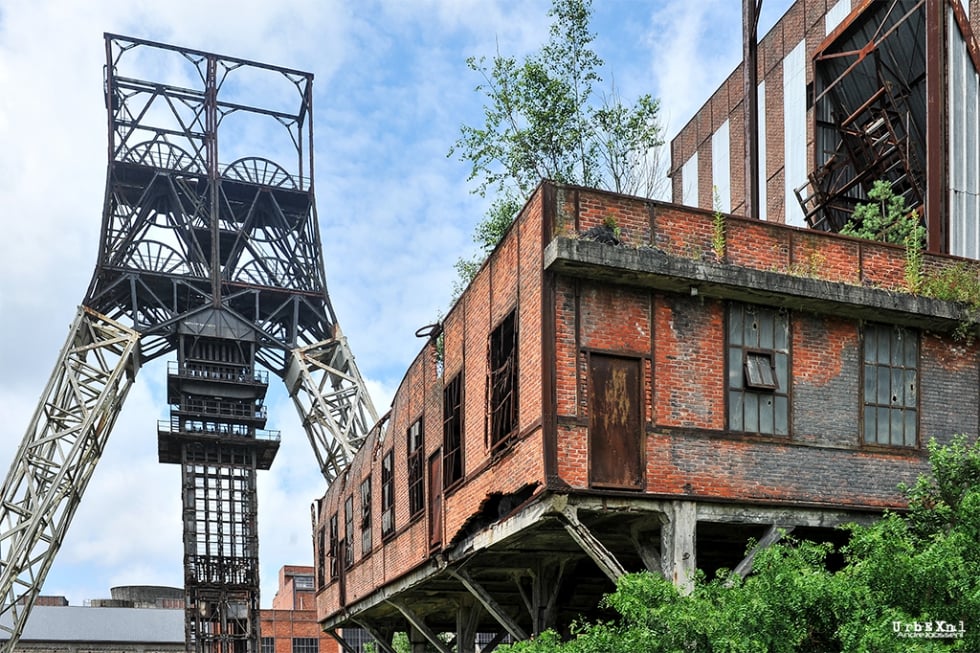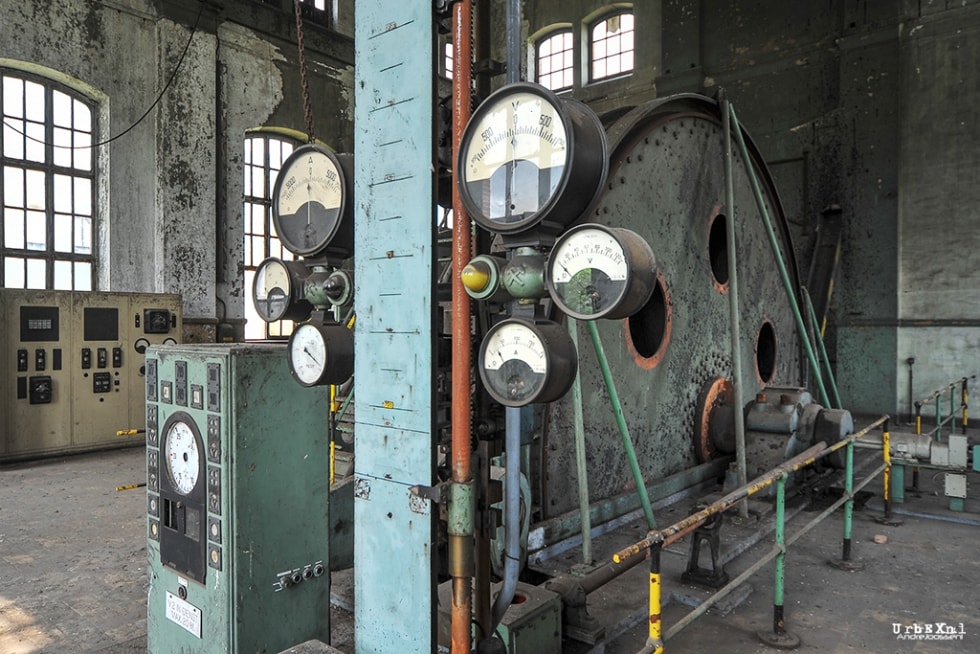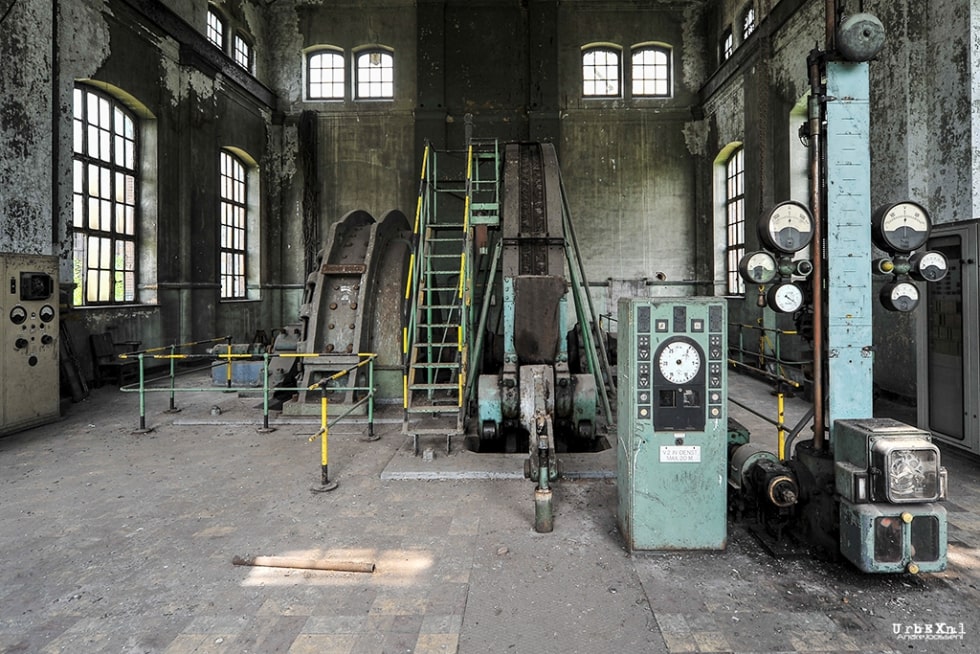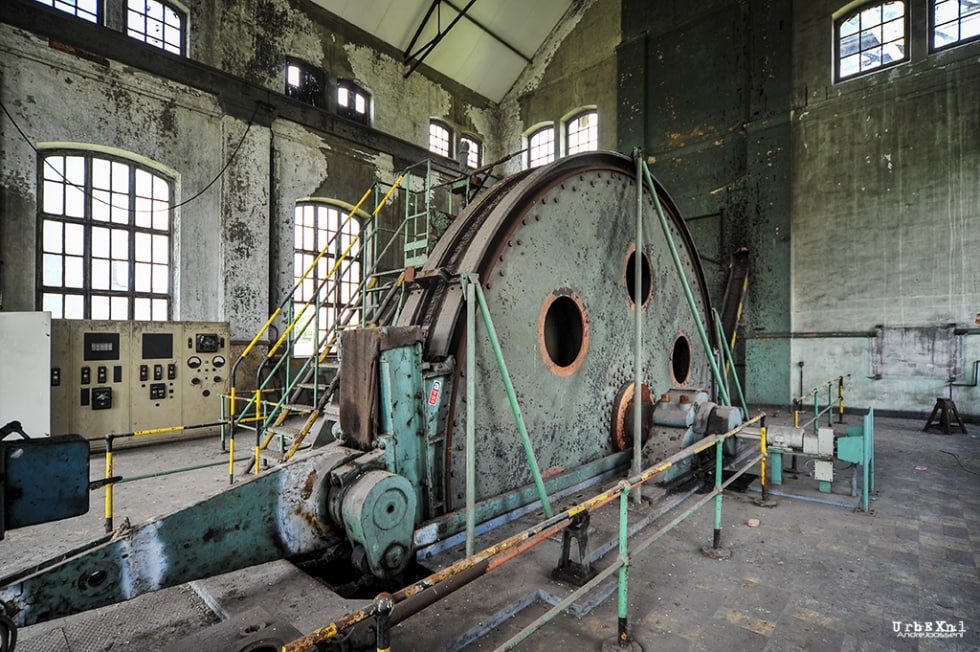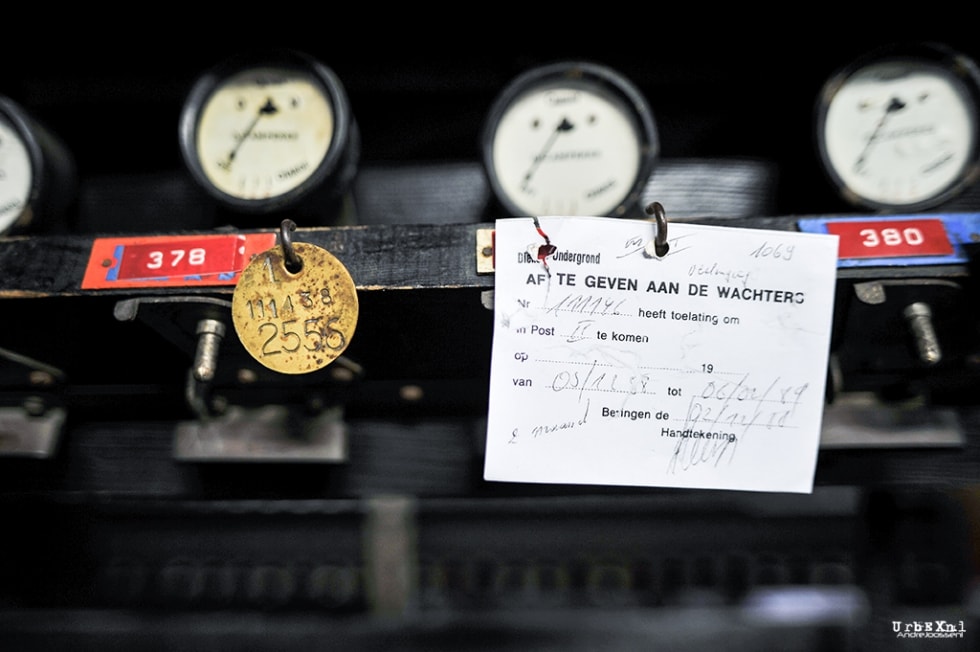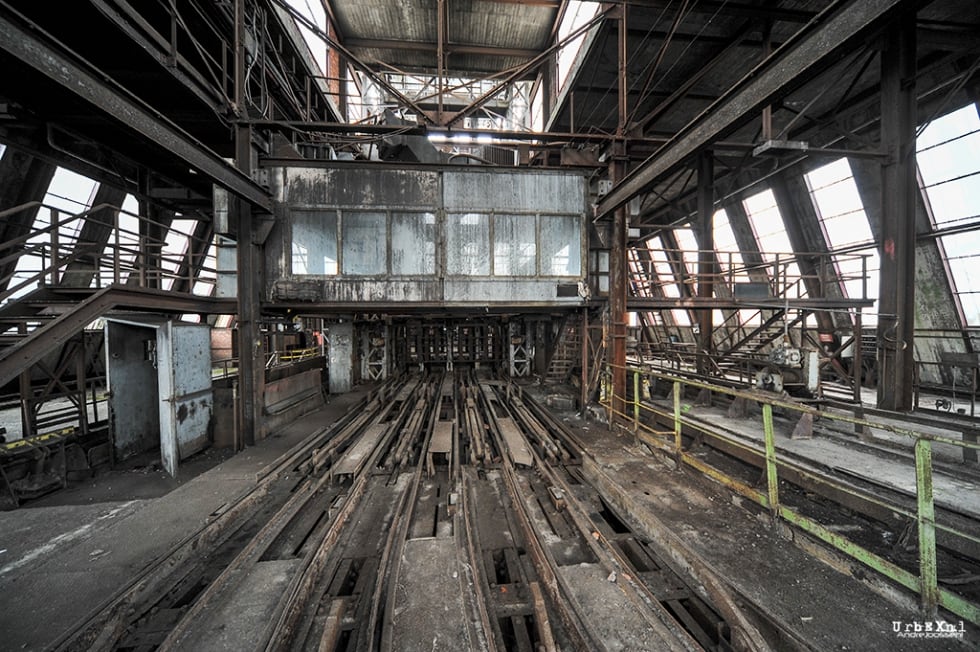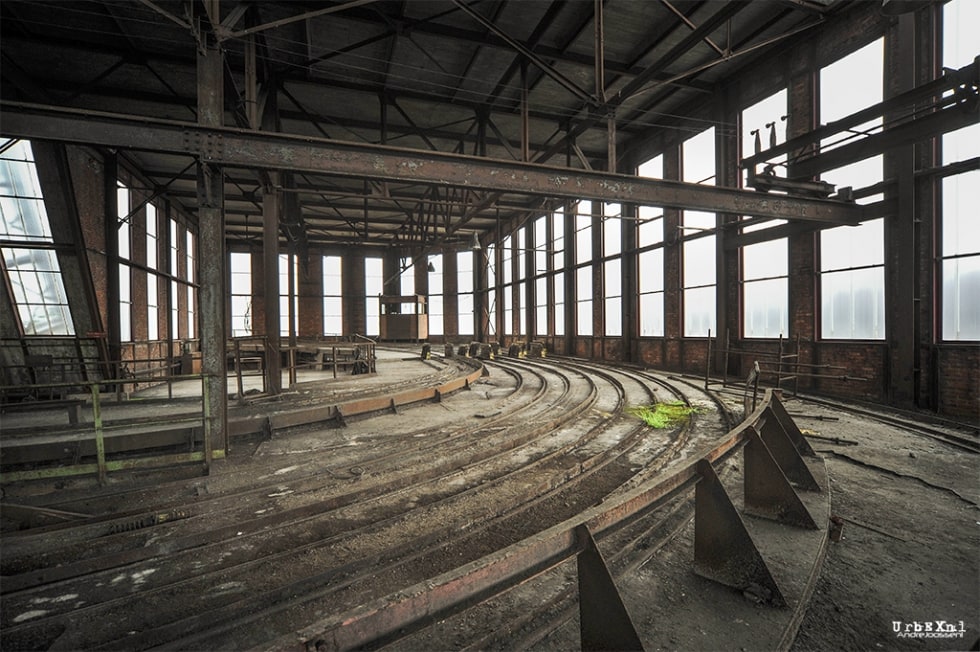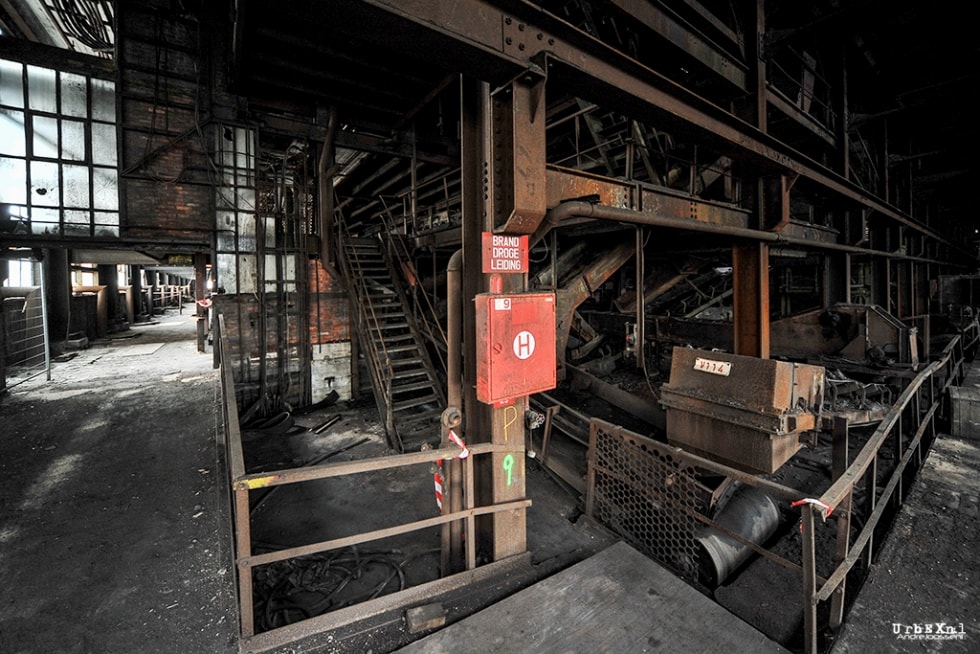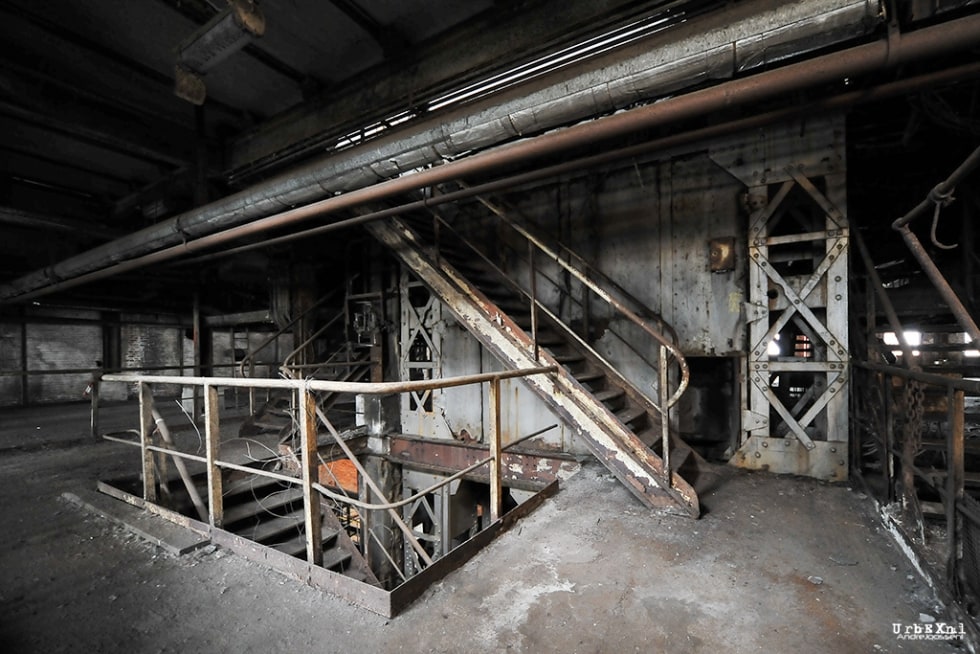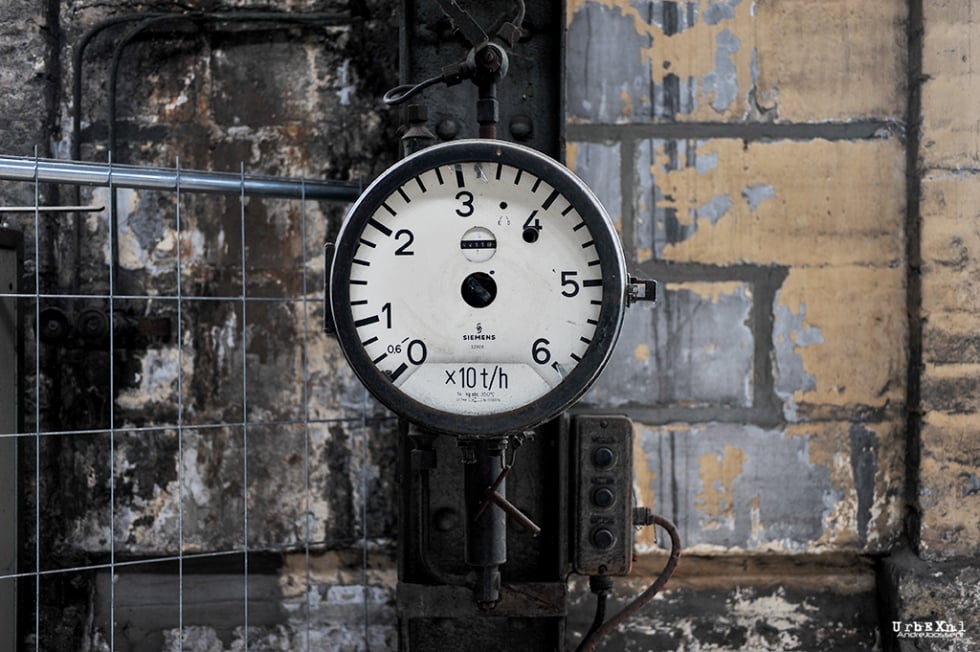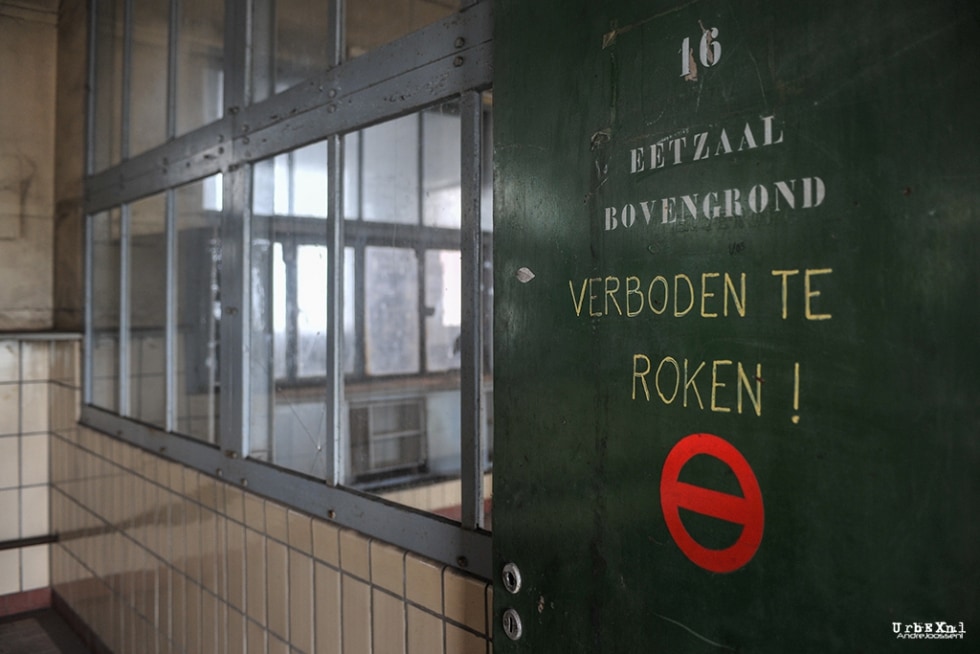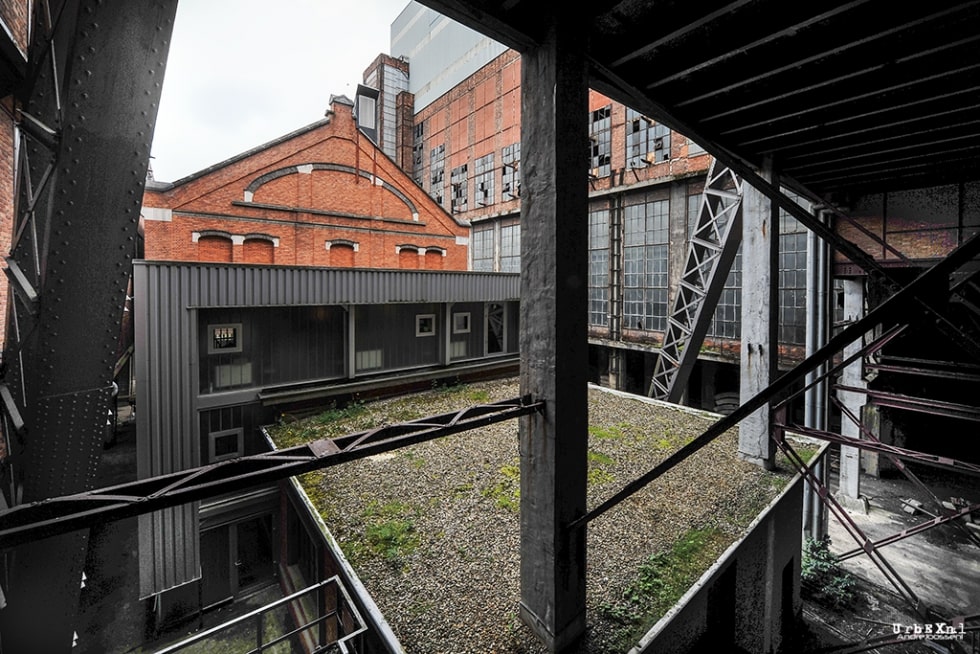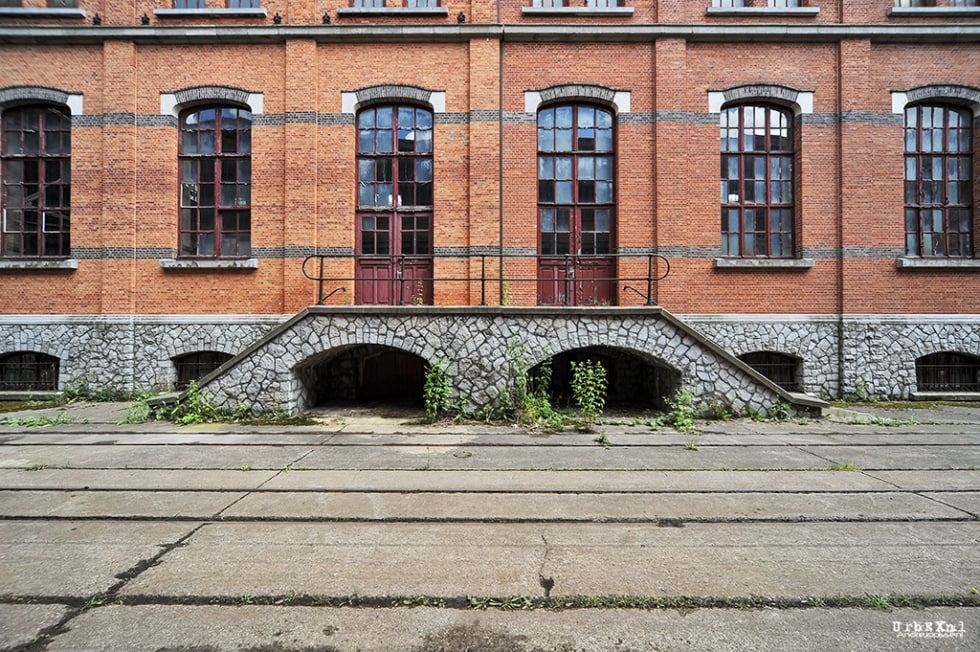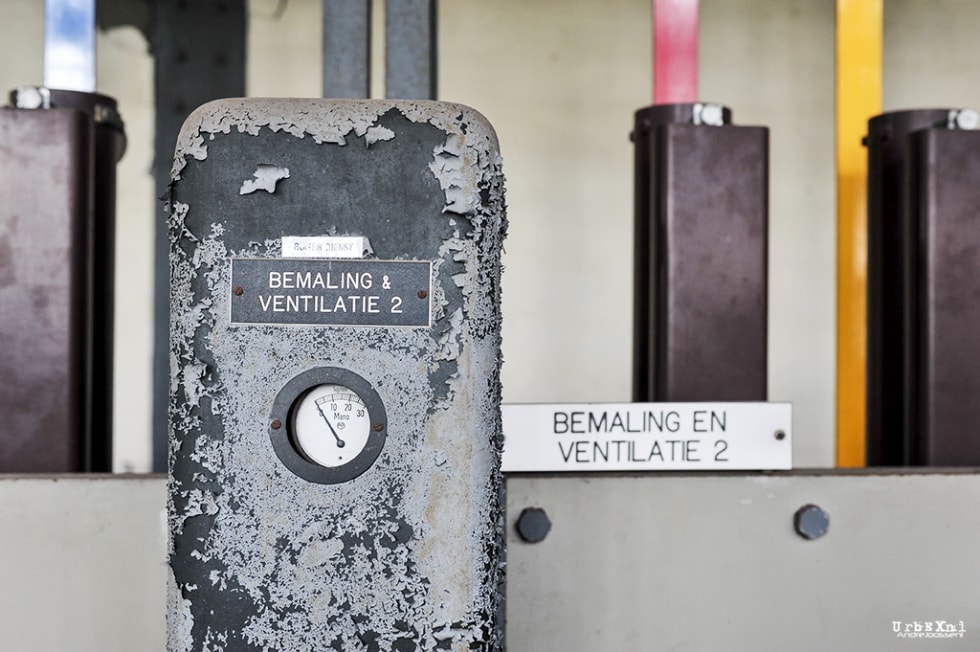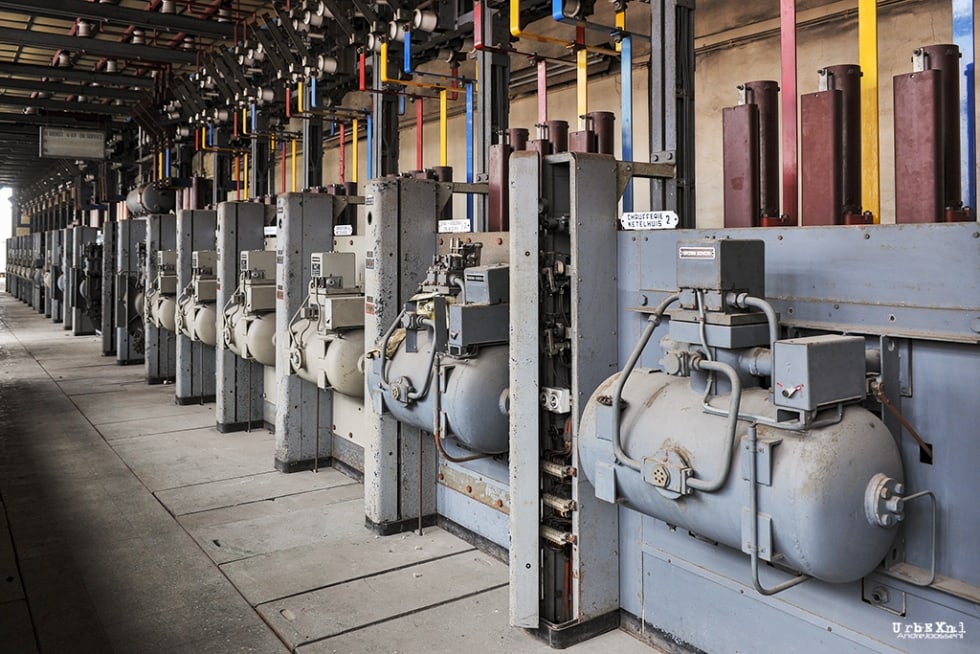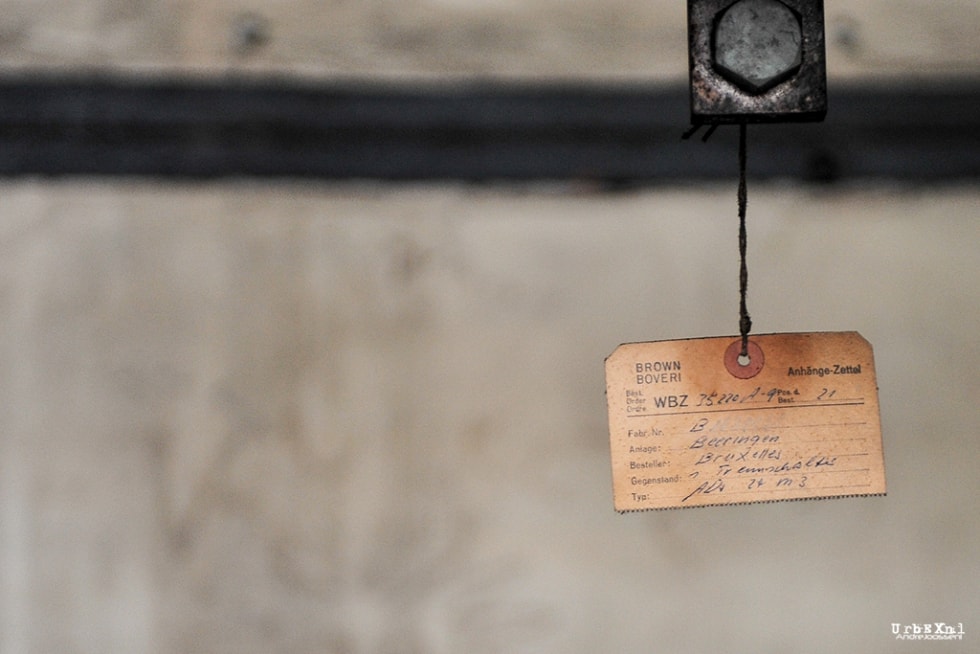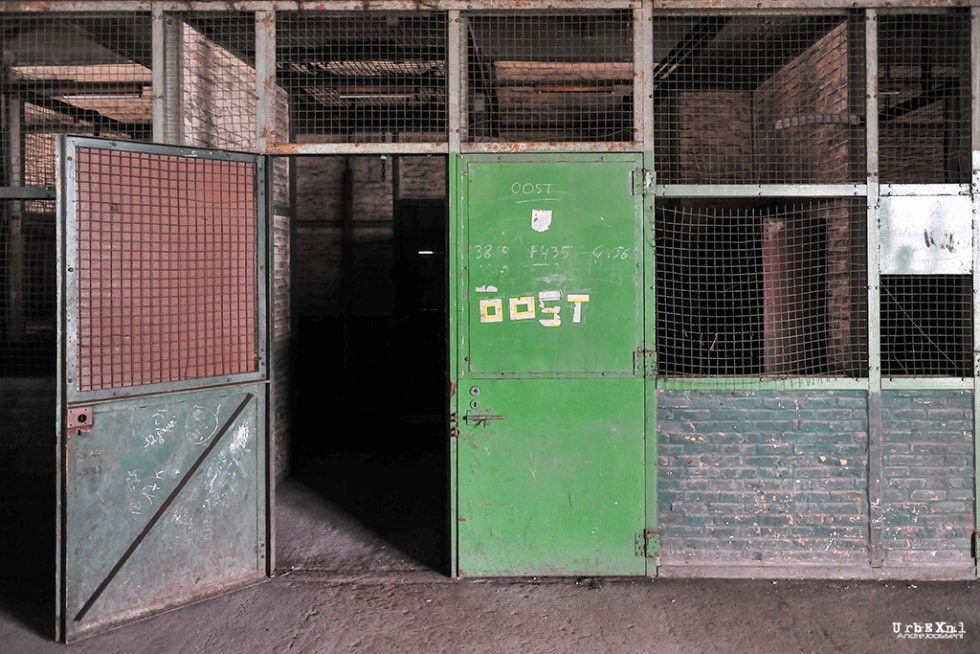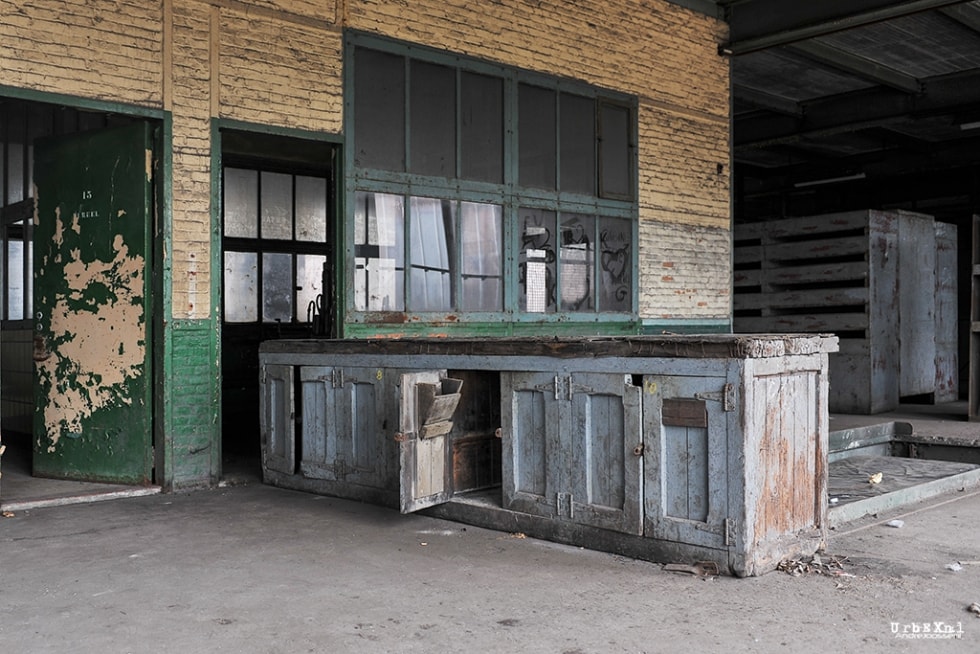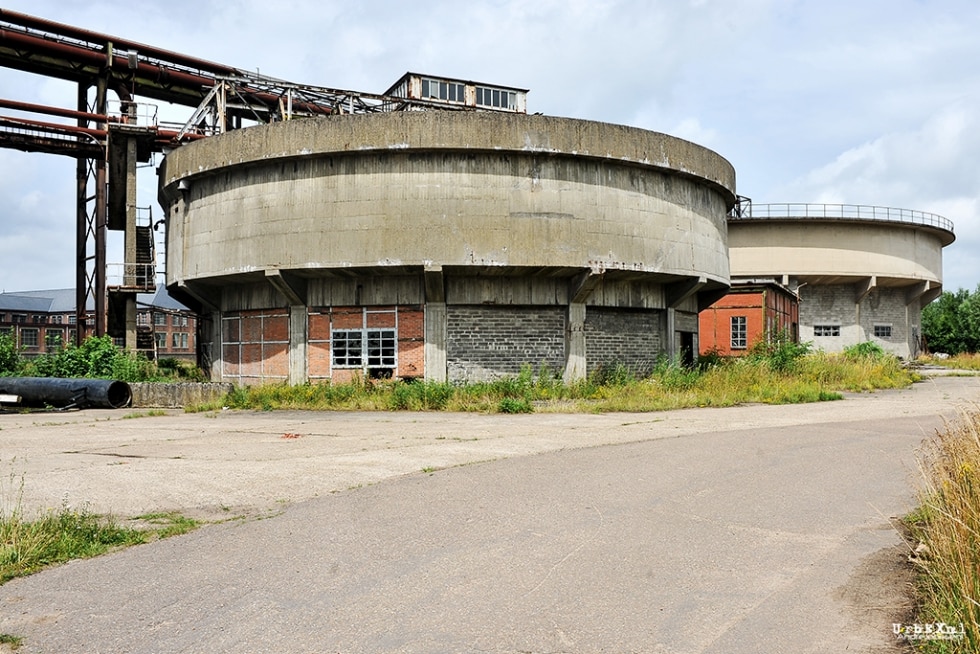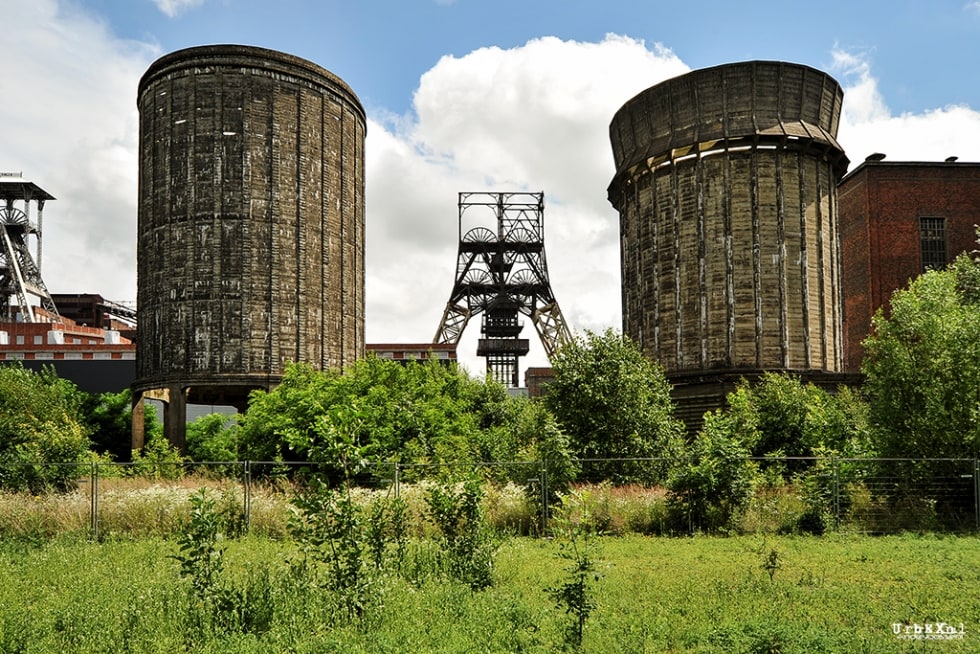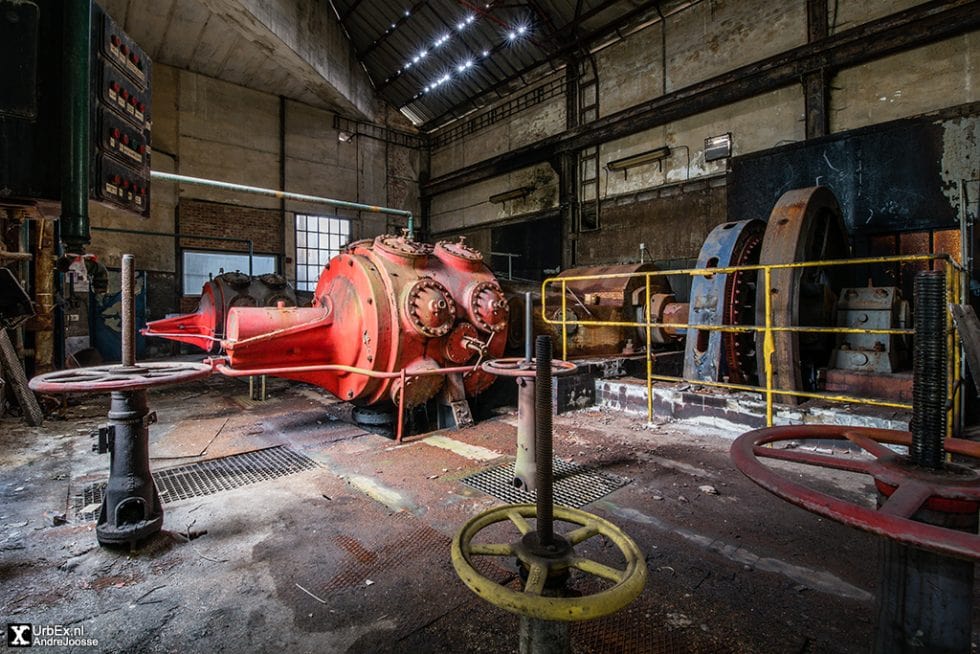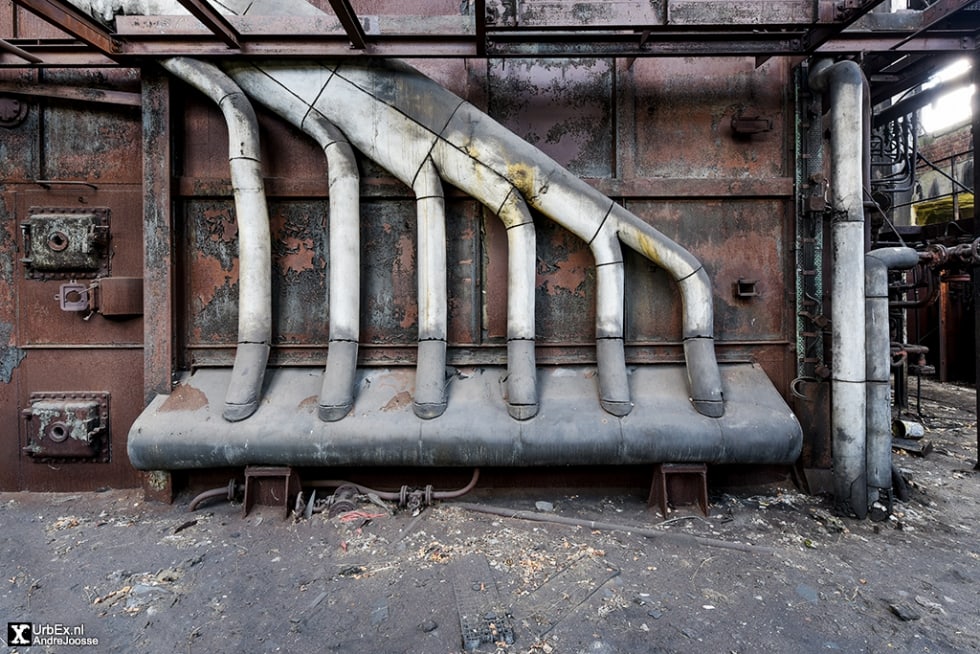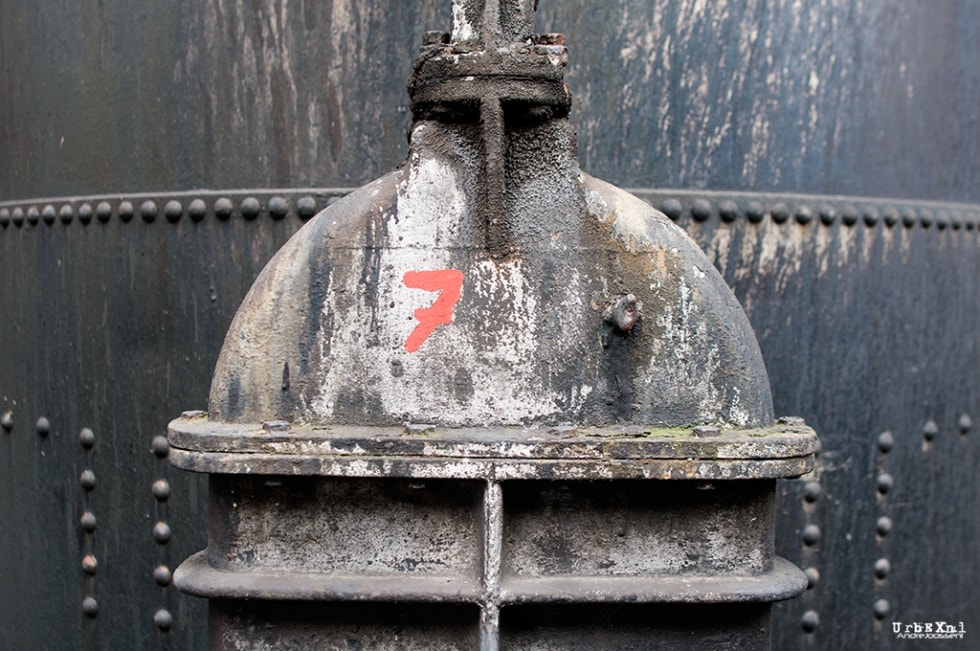Steenkoolmijn van Beringen
THE ABANDONED MINE IN BELGIUM
‘Steenkoolmijn van Beringen’ is an old coal mine in Beringen, Belgium. Today the site is a museum.
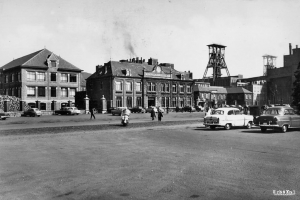
In the night of 1 to 2 August 1901 professor André Dumont discovered the first coal in Limburg. This was the start of the industrialization and growth of the region. As a result, seven coal mines were established. The reason for this was the heavy demand for high-quality coal from steel producers in Belgium and abroad.
Company ‘Société anonyme Charbonnages de Beeringen’ was founded in 1907. The digging of the mine shafts also started in 1907, but was interrupted during the First World War. From 1922 the mine shafts were 727, 789 and 850 meter deep and produced 79,332,200 ton coal over the years. In 1948 the colliery employed 6796 miners.
The Golden age
The golden age of coal production started right after the Second World War and lasted until the late 1950s, when cheaper energy sources were made available elsewhere. The coal mine in Beringen closed its doors on October 28, 1989. The remaining slag heaps and mining buildings are still very obvious around the city. The last active colliery in the Limburg region closed down not much later, in 1992.
The Beringen colliery was built relatively late. The fact is that the coal region around Limburg was one of the last to be built and the first to close down in the whole of Europe. For this reason, it is still in an impressively good condition. Nowadays, parts of the colliery near Beringen houses the Flemish Mining Museum. The cooling towers dated from 1923, 1926, 1942 and 1952 are protected and will be restored. Also, the heavily damaged coal washing plant will be restored. Other parts are abandoned and ready to be reconverted to lofts and shops. I photographed the ‘Steenkoolmijn van Beringen’ in 2008, 2010 and 2012.
